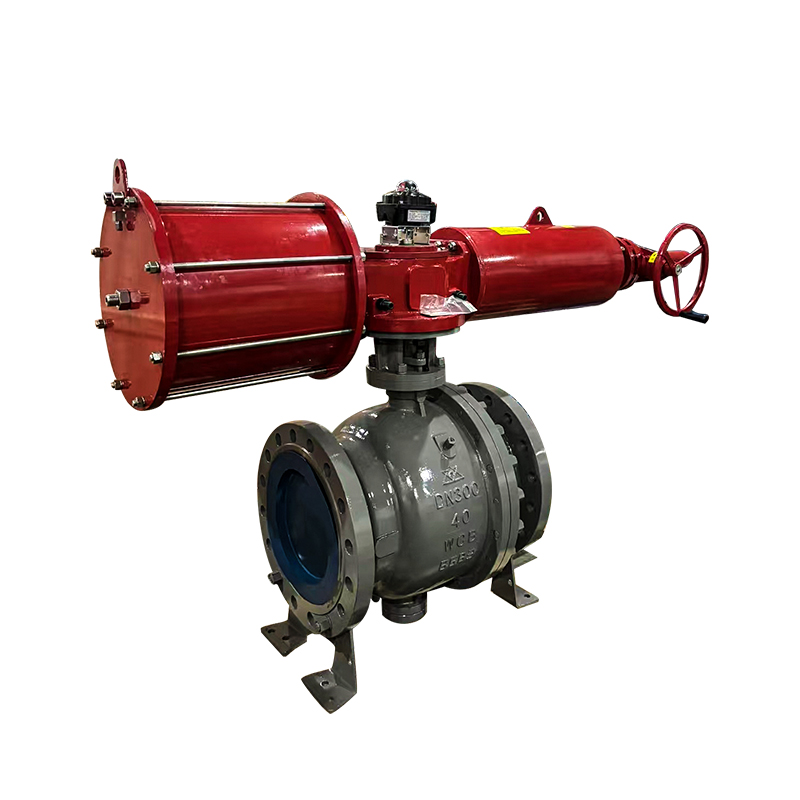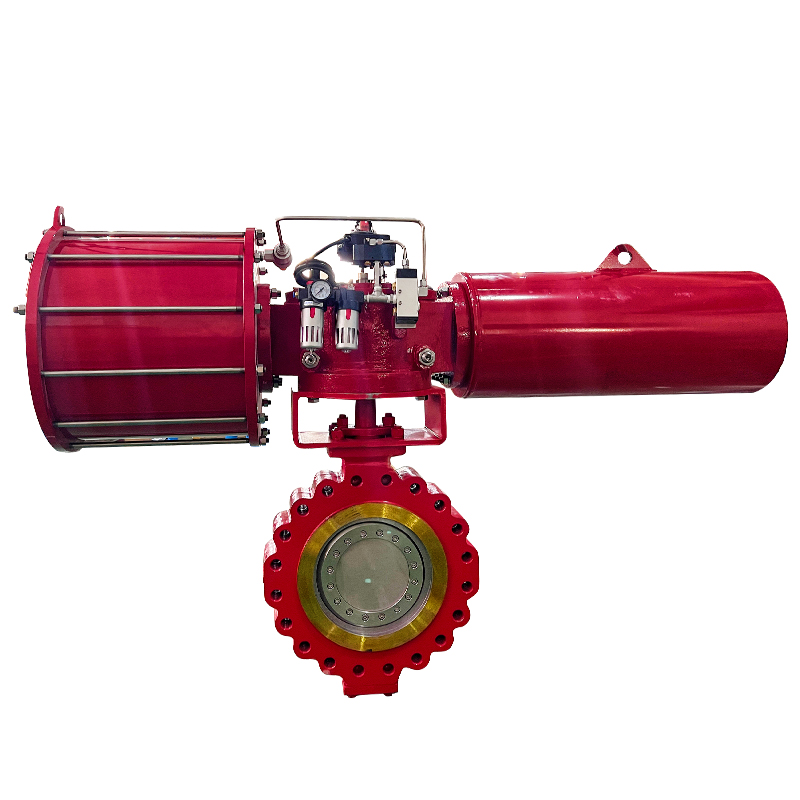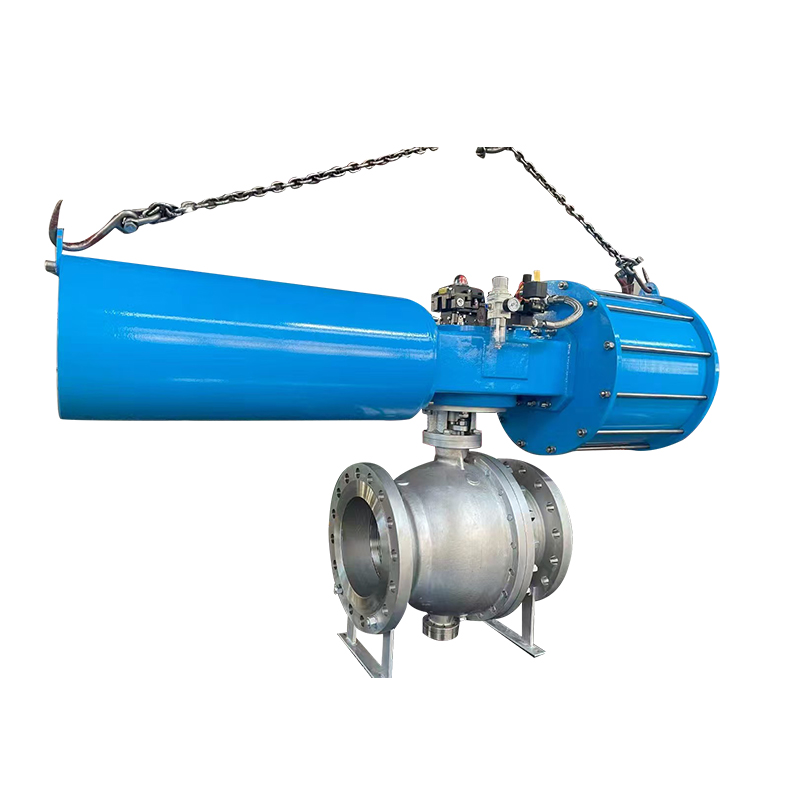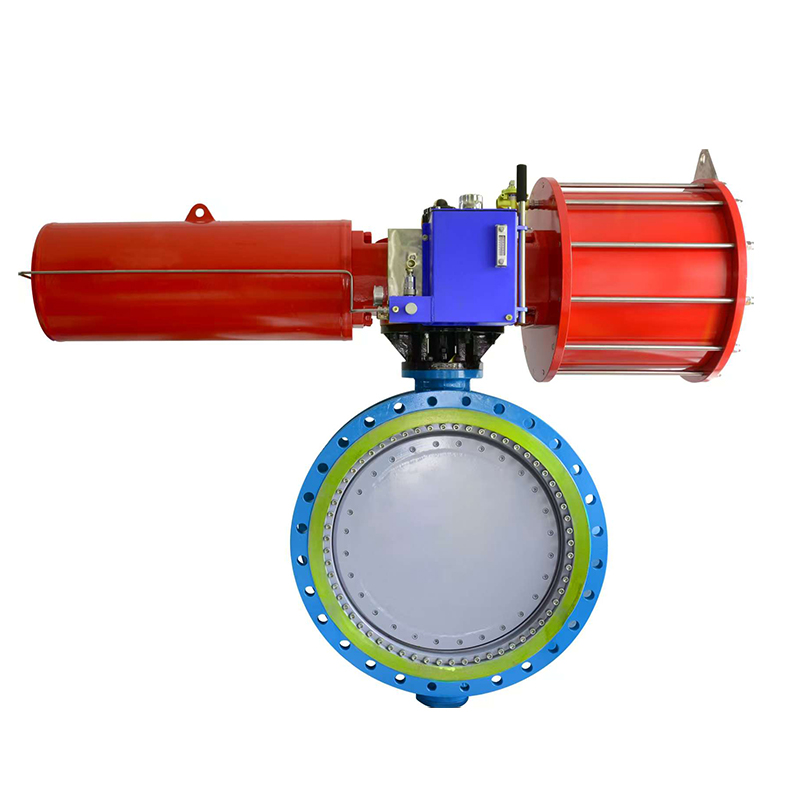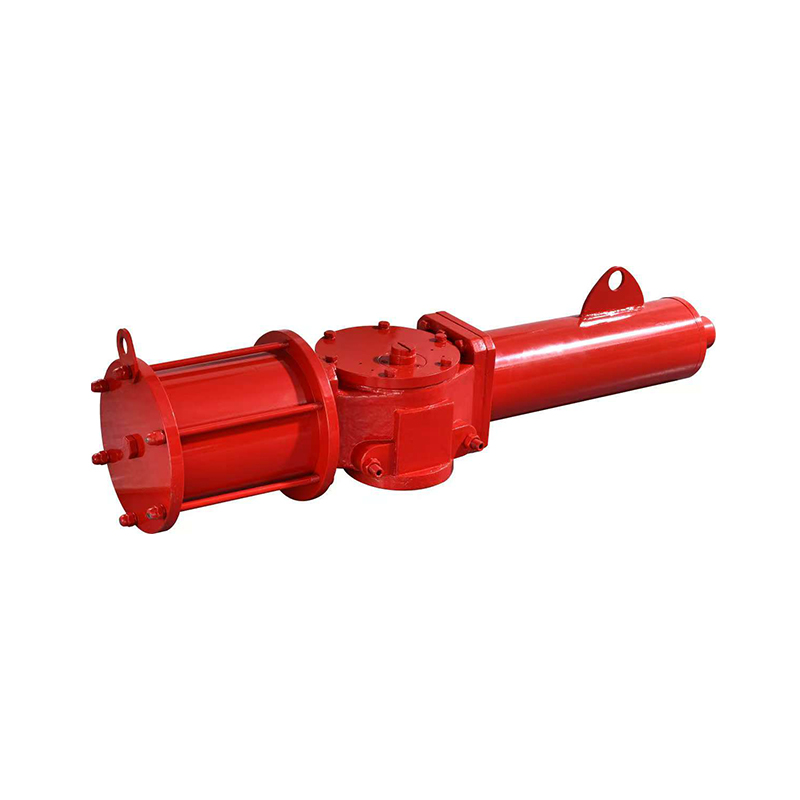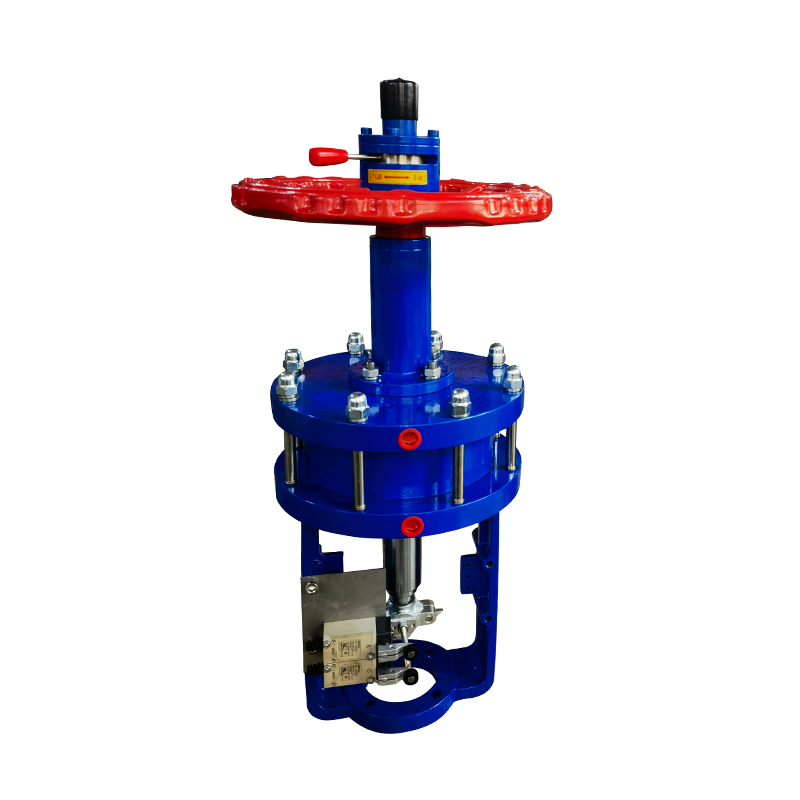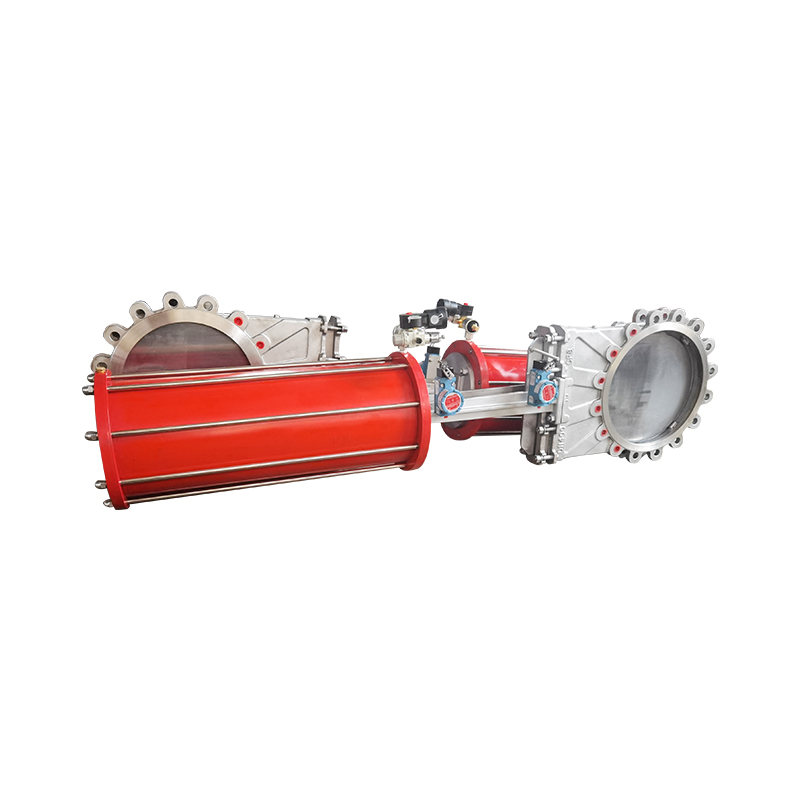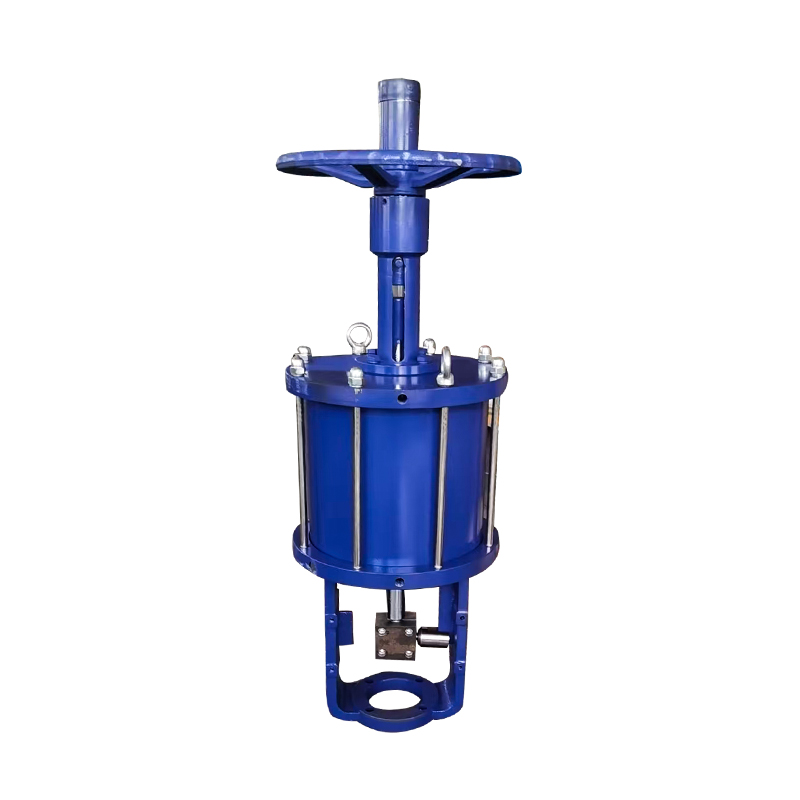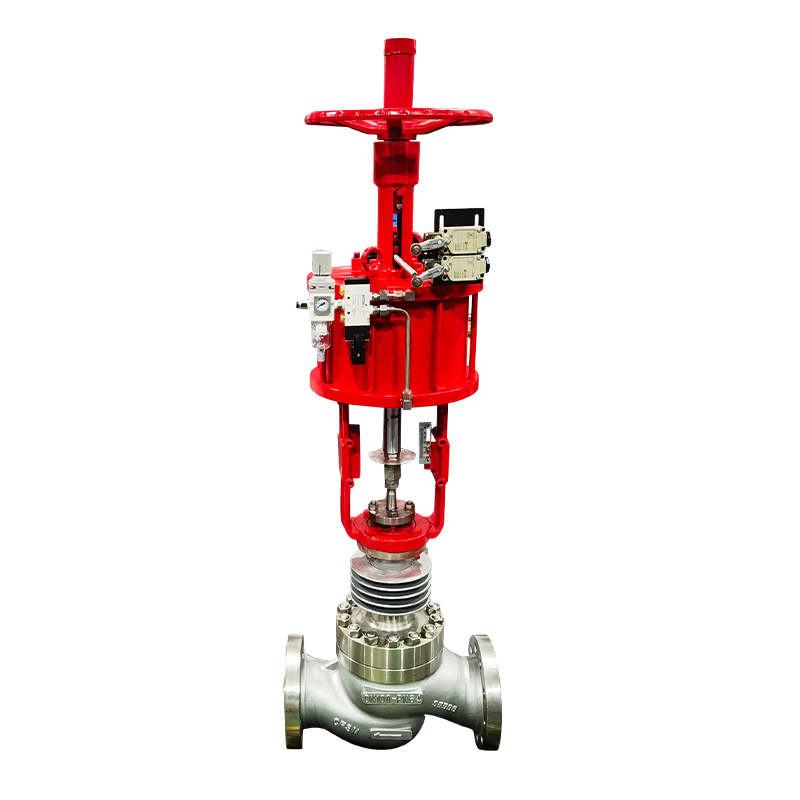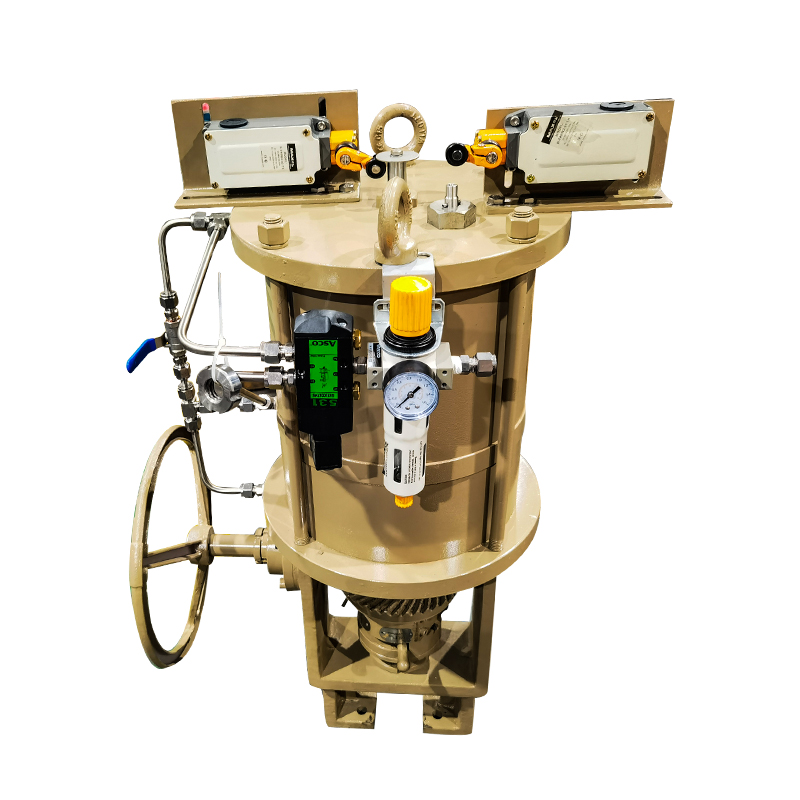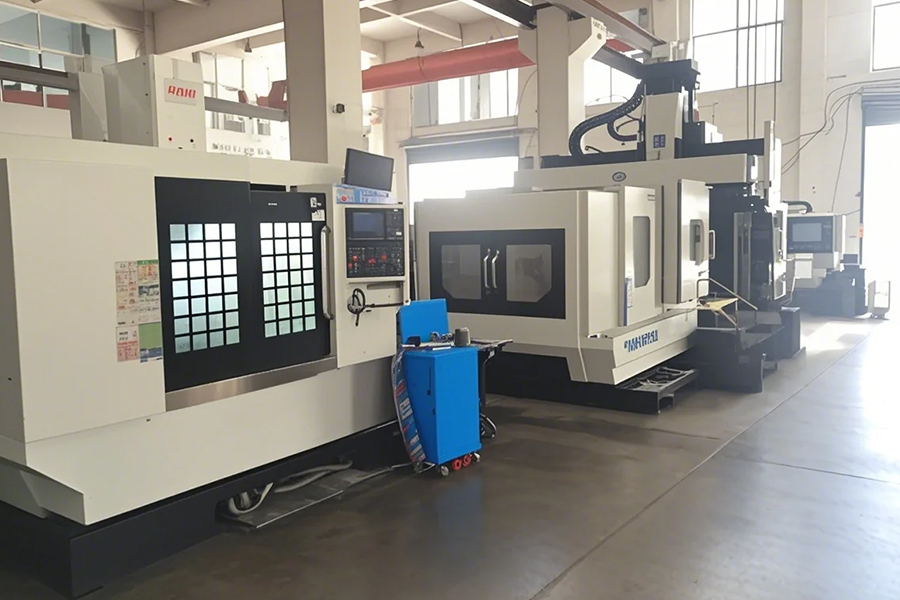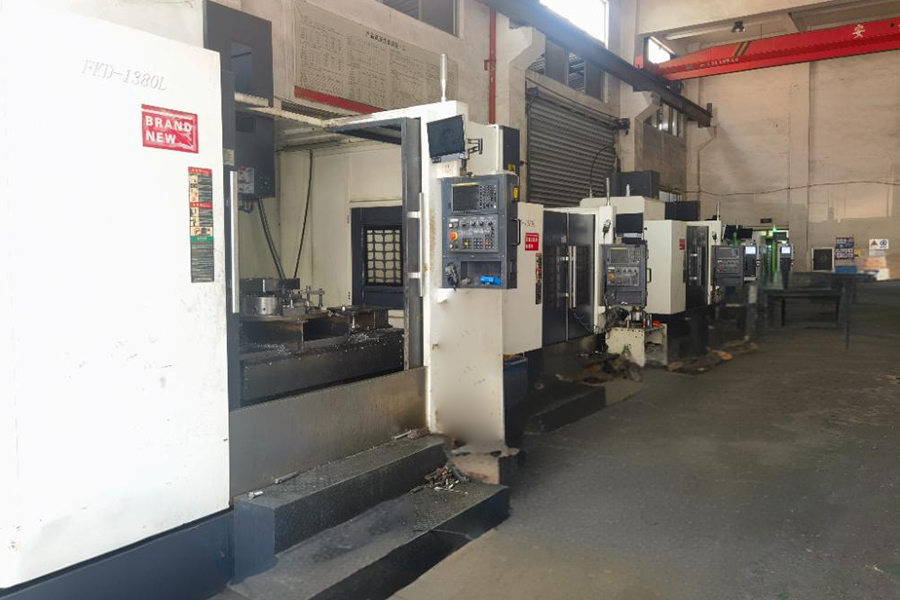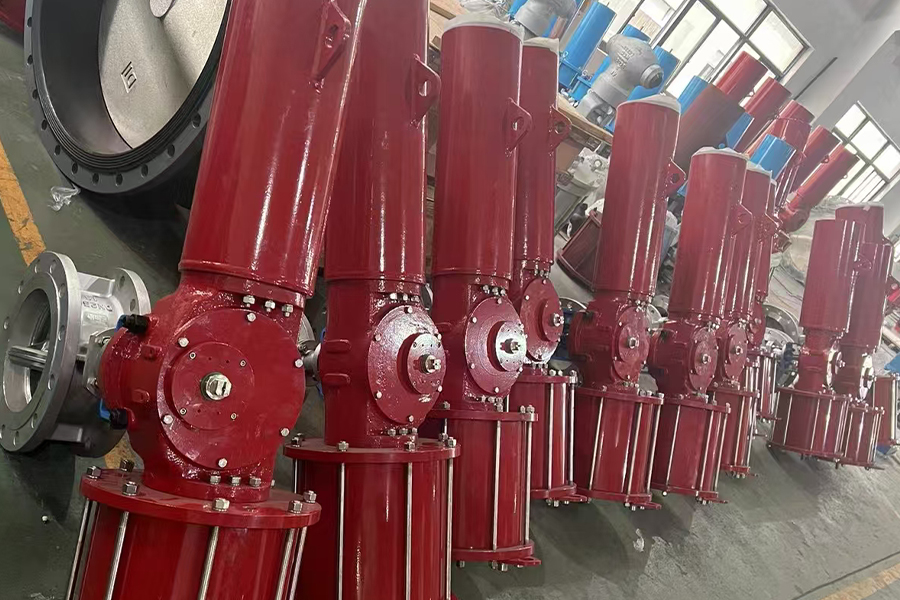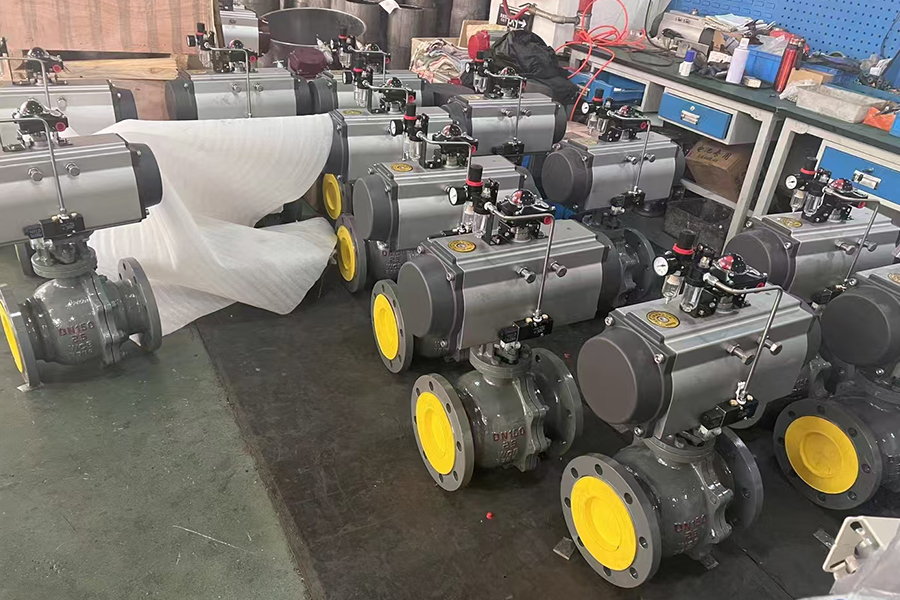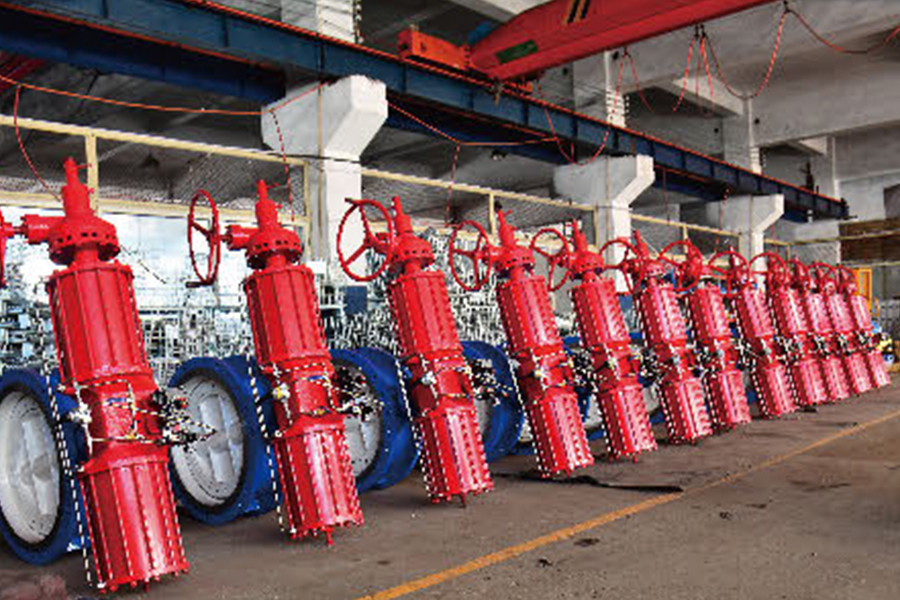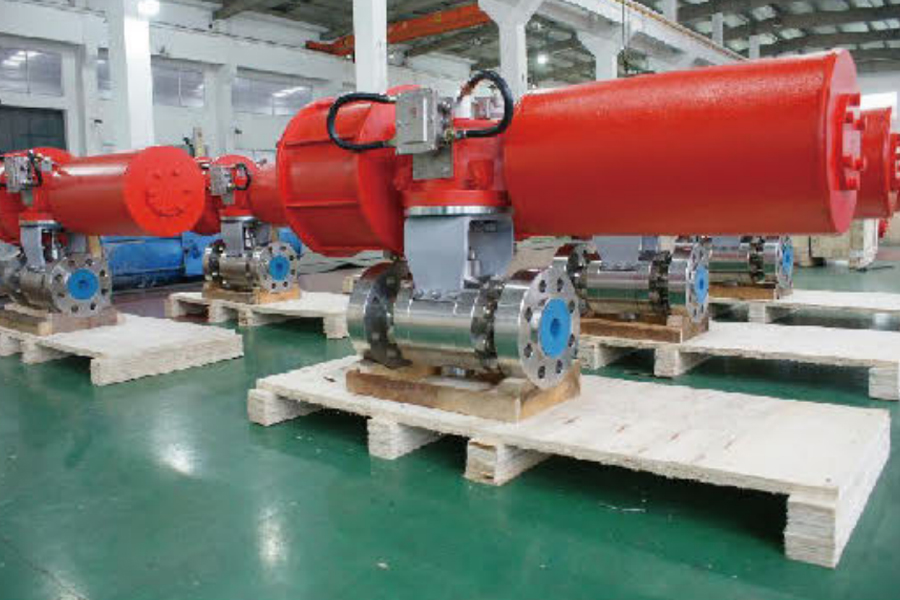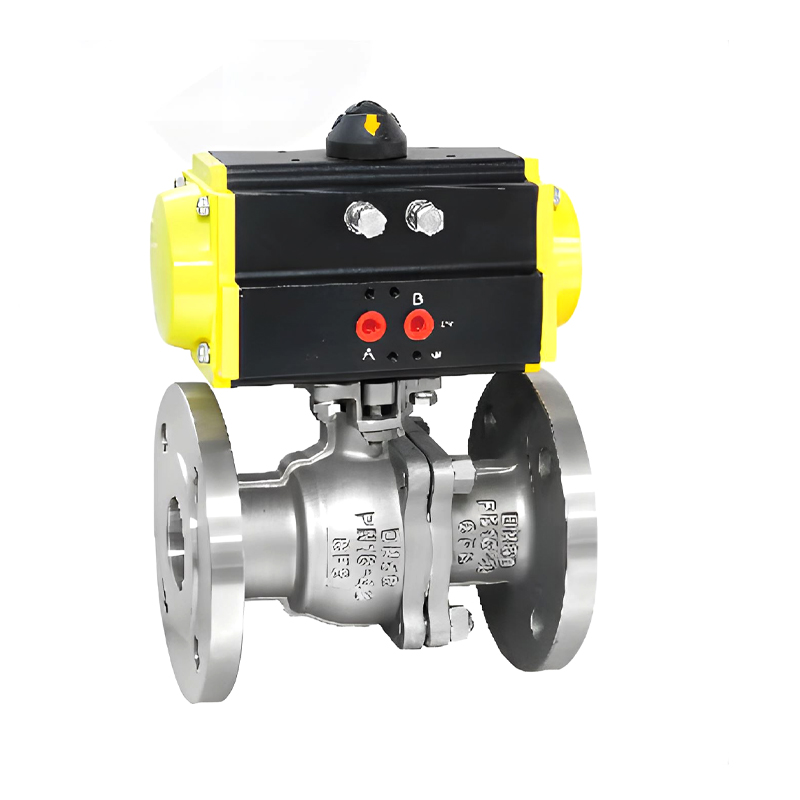
Pneumatic ball valves are widely used in industrial processes, offering reliable control of fluid flow through a system. The durability and performance of these valves depend not only on their design but also on the materials used in their construction. Choosing the right materials can significantly extend the service life of pneumatic ball valves and reduce the need for frequent maintenance or replacement.
A Pneumatic Ball Valve Manufacturer typically considers several key materials when designing valves for various applications. Stainless steel is one of the common choices due to its corrosion resistance and mechanical strength. Stainless steel alloys, such as 304 and 316, are often used for both the body and the ball, providing resistance against rust, chemical corrosion, and high temperatures. For systems handling water, chemicals, or food-grade liquids, stainless steel ensures that the valve maintains functionality over long periods without significant wear.
In addition to stainless steel, brass is frequently used for valve bodies, especially in low-pressure applications. Brass provides good resistance to corrosion from water and air and offers reliable sealing properties when paired with compatible seats and seals. While brass may not handle highly corrosive environments as well as stainless steel, it can still offer a long operational life in many industrial settings when properly maintained.
Seals and seats are critical components that influence the longevity of pneumatic ball valves. Materials such as PTFE (polytetrafluoroethylene), also known as Teflon, are widely used for seats due to their chemical resistance and low friction characteristics. PTFE seats help reduce wear on the ball and minimize leakage, even under repeated operation. Other materials, like reinforced PTFE or flexible elastomers, may be selected depending on the media, temperature, and pressure conditions. A Pneumatic Ball Valve Manufacturer often customizes these components to balance durability with smooth operation.
For the stem and actuator connections, materials like stainless steel or carbon steel are commonly used. The stem must endure repetitive rotational motion without deforming, while the actuator interface needs to maintain alignment and reliable torque transfer. Using materials with sufficient strength and resistance to fatigue is essential to prevent operational failures.
Surface treatments and coatings also contribute to the durability of pneumatic ball valves. Chrome plating or passivation of stainless steel can enhance corrosion resistance, while specialized coatings may improve wear resistance for high-cycle applications. A Pneumatic Ball Valve Manufacturer often evaluates these treatments to ensure the valve performs reliably under its intended operating conditions.
Finally, it's important to consider environmental factors when selecting materials. Exposure to chemicals, extreme temperatures, or abrasive particles can accelerate wear and corrosion. Matching materials to these conditions helps maintain consistent performance and prevents premature failure. Engineers may recommend specific alloys or seal types based on the fluid's characteristics, pressure, and frequency of valve operation.
The longevity of pneumatic ball valves is closely tied to the materials used in their construction. Stainless steel and brass are commonly employed for their corrosion resistance and mechanical strength, while PTFE and similar materials are used for seats and seals to reduce wear and leakage. High-strength steels for stems and properly treated surfaces further enhance durability. By carefully selecting materials that match the application conditions, a Pneumatic Ball Valve Manufacturer can provide valves that maintain reliable performance over many cycles, reducing maintenance needs and supporting smooth industrial operations.








